UI Components
The ARC Skill Framework is very powerful because it is entirely open. That means you can access every component and resource within the ARC.exe application or EZ_B.DLL library. There are hundreds of custom .Net user UI components exposed in the ARC application to assist with your robot skill plugin. Including joysticks, buttons, camera canvases, and more.
Theming All skill components will be themed using the ARC standard theme renderer. This happens automatically, so the control colors, look and feel will be adjusted accordingly. There is an Example in another tutorial step regarding themes and the available commands to interact with the theme engine.
The Visual Studio IDE has a Tool Box, which is used for designer mode when customizing a form. The toolbox can have custom controls added to it. Below is a screenshot of a default toolbox.
Create New Toolbox Tab To keep the new ARC component controls organized, we will create a new category in the toolbox. This is done by scrolling to the bottom of the toolbox list and RIGHT CLICK -> ADD TAB
The new tab will be named ARC.
Add Controls To ARC Tab Now we will right click on the ARC tab and select CHOOSE ITEMS
A Choose Items Dialog box will be displayed. It may take a few moments for the dialog to load while it scans and organizes the existing controls within the toolbox. Press the BROWSE button.
Now locate and select the ARC.exe application in C:\Program Files (x86)\Synthiam Inc\ARC. All controls of ARC will now be selected for the toolbox. Press OK
When editing/creating a Windows Form, the ARC tab in the toolbox will now have many new controls that you can begin using. Have fun!
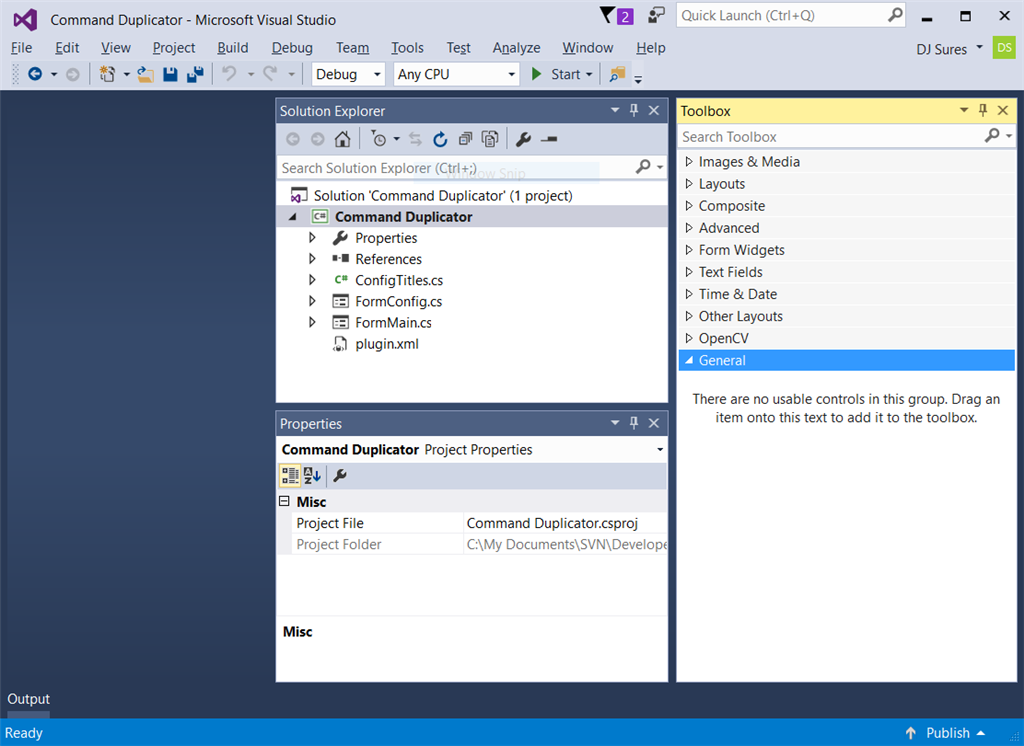
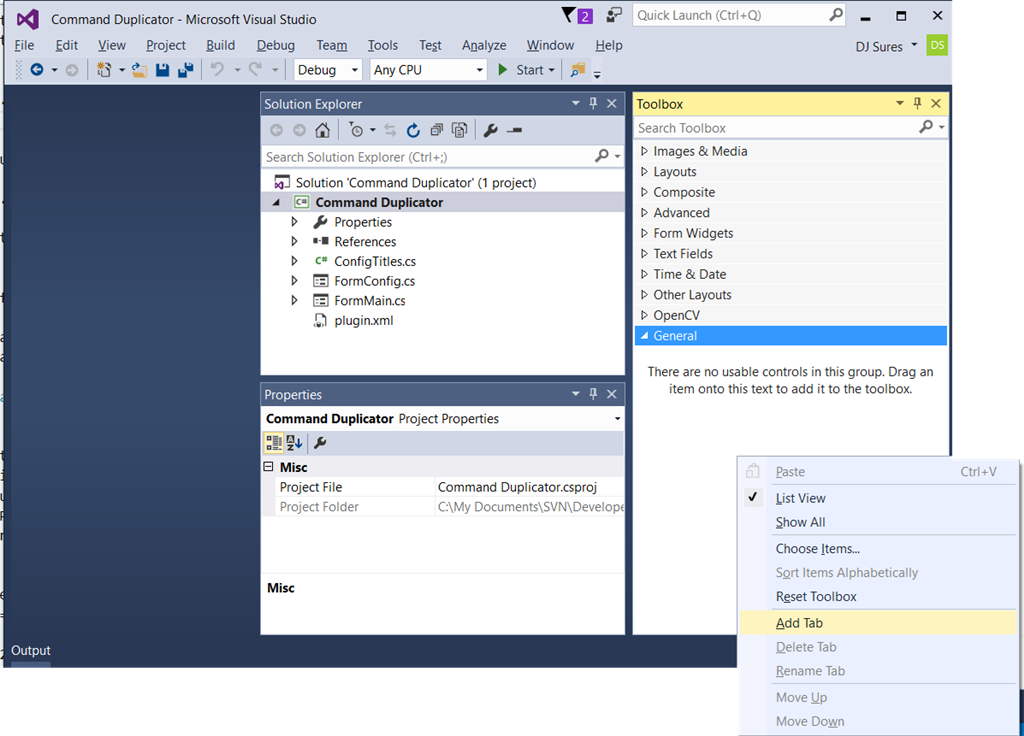
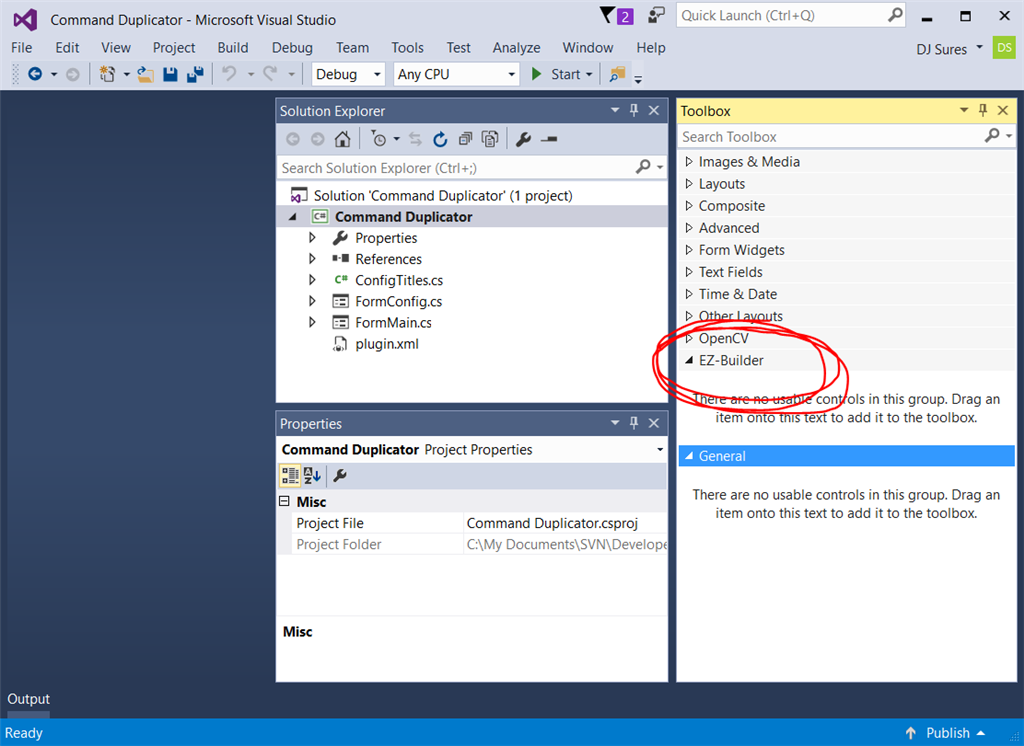
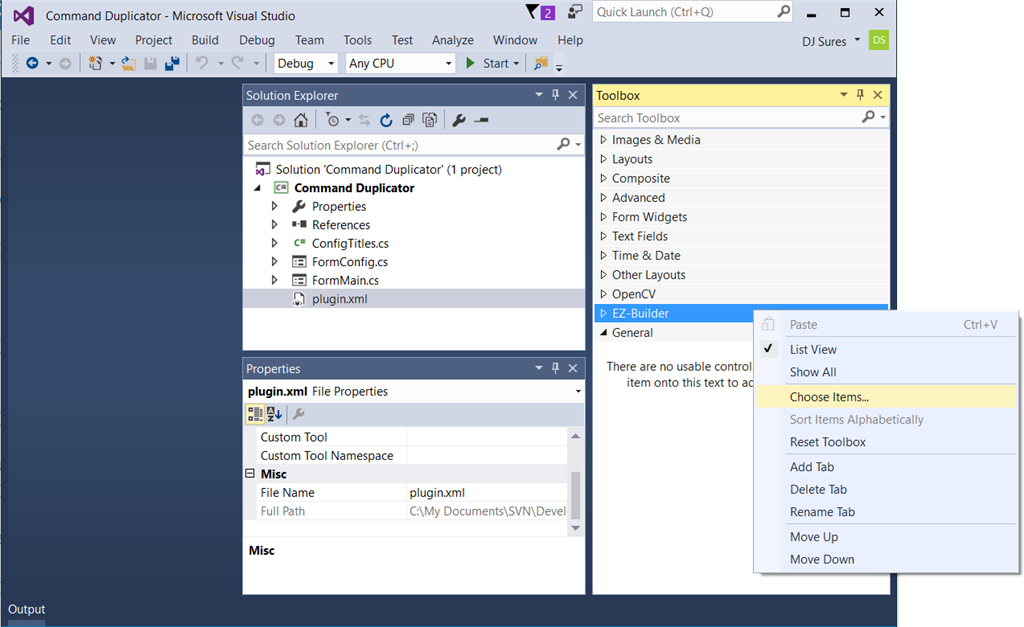
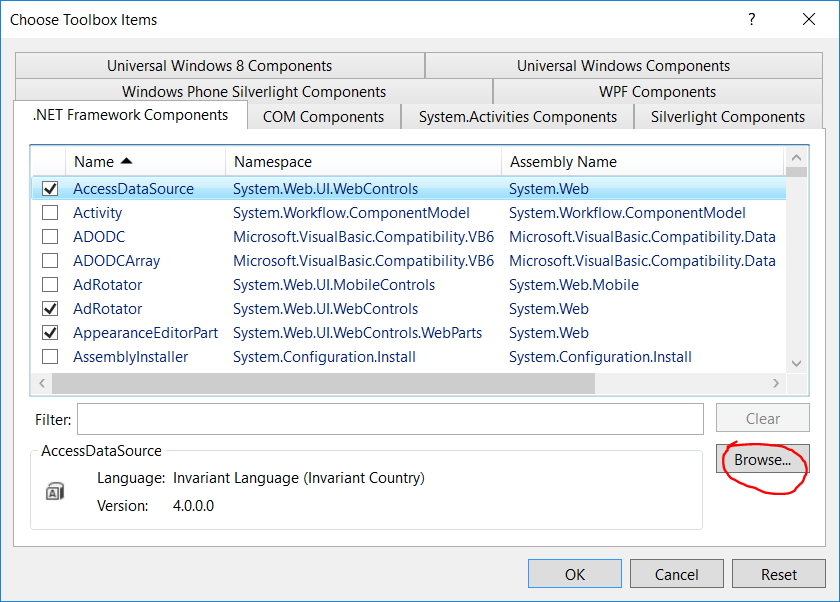
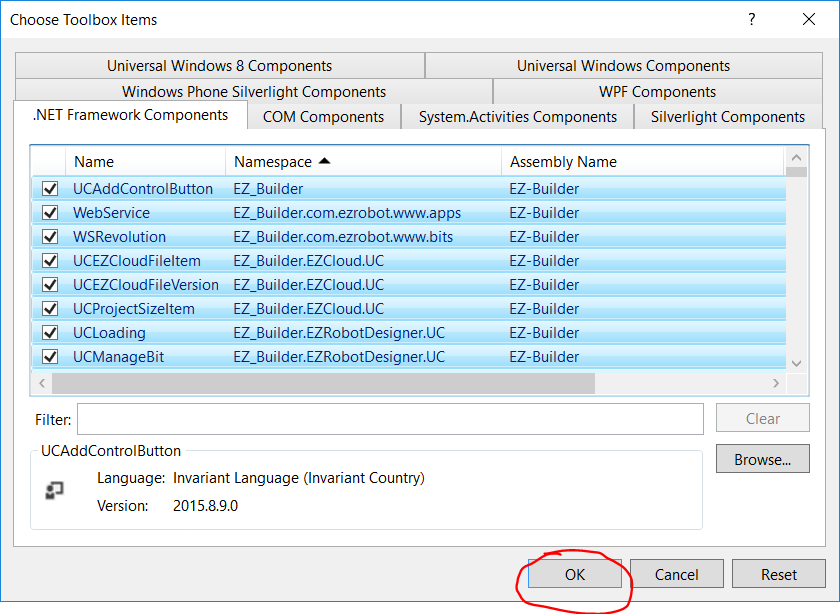
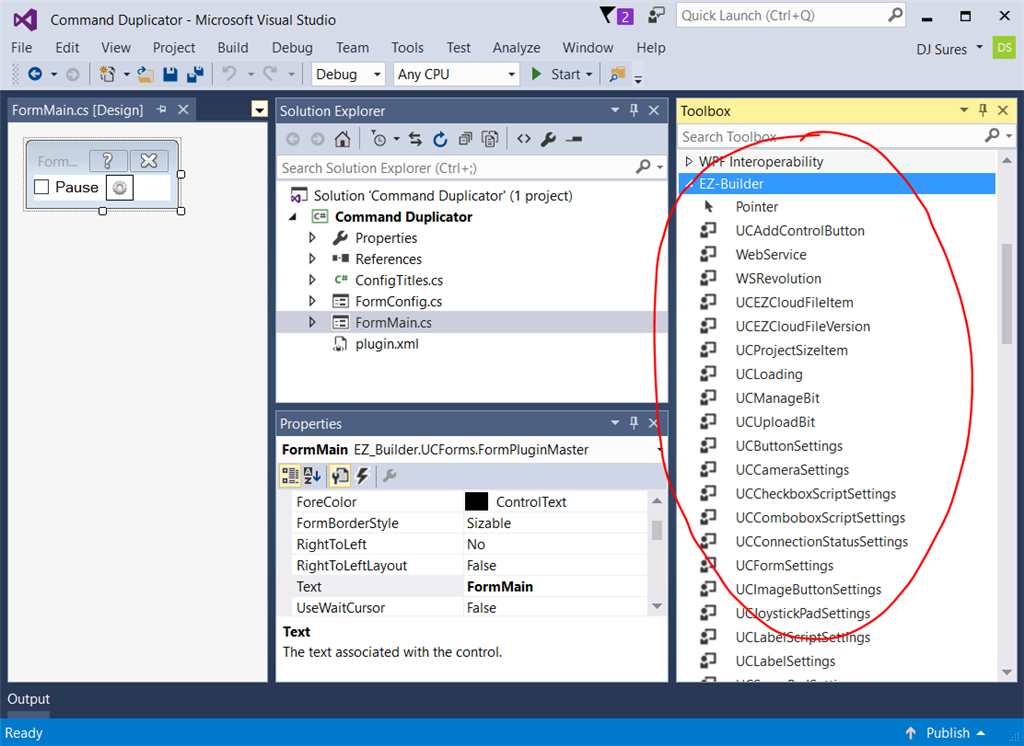

When the popup says it doesn’t detect visual studio, you can still skip and continue. I wonder why it’s not detecting it? We had a hard time trying to find a proper way of detecting - even Microsoft’s suggestion didn’t actually work eye roll
ill look into it a bit further and see if we can find a better way of detecting
@DJ: It's easy to find the Visual Studio 2017 and up: Microsoft: https://github.com/Microsoft/vswhere/wiki/Find-MSBuild
Some quick c# code to use with .NET: https://github.com/ppedro74/Utils/blob/master/FindVisualStudio/Program.cs
We went this route and it didn’t work on my computer - because I had a preview of visual studio installed which isn’t in that directory path. Microsoft had numerous suggestions of detecting visual studio. The one which worked for our various installations was a registry check.
apparently with the above individual, the registry didn’t work either. I’ll have to combine a few methods.
everything looks simple from the outside - until you have a hundred thousand+ installations of your software. That’s when you run into things like this lol
@DJ: I agree sometimes the things go out of script easily.
I avoid going through the registry keys, unless is recommended by the vendor. A lot of people blame the changes (keys, entries are renamed etc), but, that is normal if I own my product is my business and is part of the software evolution. Some products you can break the support contract agreement if you query directly the database, or if you look elsewhere outside of the public API.
Is true story some years ago a "rogue" developer on my team released a Sharepoint integration using a mix of APIs and database queries, everything worked well with multiple clients, until one day the Microsoft Black suits visit one of the customers to follow up on an unrelated support ticket, and they basically used "unsupported" card and left the client hanging, and we had problems too, unfortunately the Rogue developer went to another galaxy ... and the team suffered the consequences.
That does not mean I'm not tempted to do it...
I used the vswhere before and I would say is almost 99% bulletproof, is used with Xamarin, NVIDIA, Intel setups. If you add vswhere.exe to your project (nuget package) you cover scenarios where the tool is not present or have been deleted (broken uninstalls).
The other fallback could be ask the user the visual studio version.
The other reason to avoid registry is due to Visual Studio uses a private exclusive registry keys to store more stuff: http://www.visualstudioextensibility.com/2017/07/15/about-the-new-privateregistry-bin-file-of-visual-studio-2017/
So the things are getting more complex.
The above post is only part of the "Full solution" for example I have one setup with visual studio 2017 c# installed and Visual studio 2019 with Python and C++, vswhere will return 2019 version, but my c# is done with VS2017.
If you are generating customized vs version project files, maybe a fallback (ask the VS version) will cover more bases.
Yes - Microsoft has a few pages on how to identify visual studio and we tried them all during testing - the one we went with was with registry. I'm going to combine the two as using only one method apparently doesn't work for all cases.